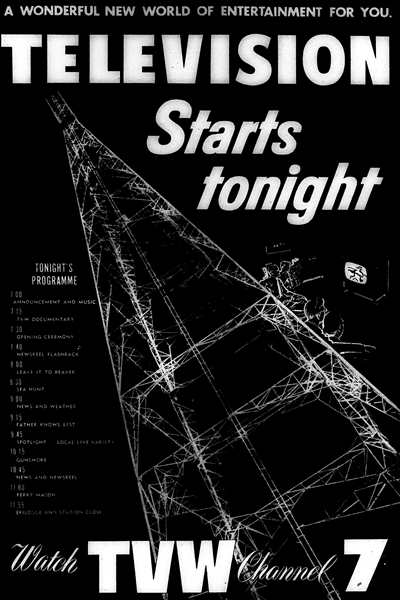
Perth was the third of the four cities in Stage 2 of the introduction of television in Australia. Like with Sydney, Melbourne, Brisbane and Adelaide, Perth was to be covered by both the national broadcaster ABC and commercial television.
While the other cities had established two commercial channels each, Perth was ultimately allocated one commercial licence. The government agreed with the view of the two licence applicants for the Perth area that only one commercial licence should be granted.
On 13 October 1958, the licence to operate Perth’s first commercial television station was issued to TVW Limited, owned by West Australian Newspapers. The only other applicant for the licence was Western Television Services which had ties with News Limited, based in Adelaide. (News Limited was successful in gaining one of the two commercial licences for Adelaide)
The new channel call-sign was to become TVW7.
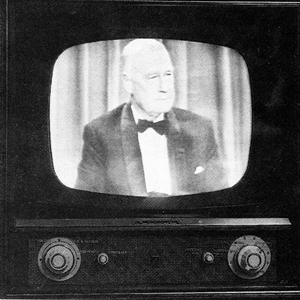
TVW made its first test transmissions from 31 August 1959 and was officially opened on Friday 16 October 1959. The station, employing 92 people at the time, was operating from studios in the suburb of Tuart Hill and from a transmitter located in Bickley.
The opening night’s line-up started with speeches from TVW general manager James Cruthers and Western Australian governor Sir Charles Gairdner, who officially declared the station open. Later in the evening, TVW7 presented the debut of its first variety show, Spotlight, featuring Rolf Harris who had returned from London to become a presenter and producer for TVW.
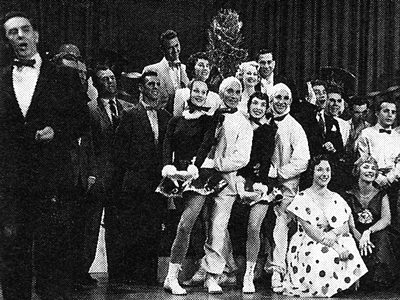
TVW’s opening night also included American series Leave It To Beaver, Sea Hunt, Father Knows Best, Gunsmoke and Perry Mason, and the station’s first news bulletin running for 15 minutes.
As with the introduction of TV in other cities, many of the estimated 70,000 to watch TVW’s opening night were doing so by peering into electrical store windows to watch the TVs on display.
And the introduction of TV sparked a boom in the local industry — with TV repair businesses springing up, insurance companies offering coverage on TV sets and picture tubes, furniture retailers selling TV-friendly chairs and lounge suites, and antenna installers to put antennas on rooftops. One such installer was a 19-year-old from Melbourne named Kerry Stokes. Stokes went on to much bigger things, going from installing antennas to property development, and eventually building a massive business empire which now includes the Seven Network, which includes TVW7.
When TVW7 began, the usual custom for selling advertising on television was for sponsors to buy out whole programs — which is why many early shows had brand names in their titles. For a market the size and relative isolation of Perth, this was not thought to be a sustainable model as local advertisers would not have the advertising budgets of larger eastern states companies. TVW, therefore, adopted the “spot” advertising model, where advertisers would buy specific ad slots rather than sponsor whole programs. It was a novel concept at the time but has become the norm.
Like most Australian stations at the time, a majority of TVW’s early programming was imported. But within its first six months, TVW had claimed to have just under 40 per cent of programming made up of Australian content — and just over a quarter of that was programming made at TVW itself from its single studio.
TVW would have Perth’s TV viewers all to itself for the next few months — as ABC’s local channel, ABW2, did not commence transmission until May 1960.
ABW2 conducted its first test transmissions from 19 April 1960, also with a transmitter in Bickley, and had its opening night on Saturday 7 May 1960. The opening night’s proceedings included fifteen minutes of speeches from dignitaries, including ABC Chairman Sir Richard Boyer, before the Postmaster-General Charles Davidson officially opened the channel at 7.00pm. More than 300 invited guests witnessed the opening night from ABW’s new Rosehill studios in Adelaide Terrace, Perth.
James Fisher read ABW2’s first news bulletin. The rest of the evening featured Tales Of Wells Fargo and The Phil Silvers Show then British series Portraits Of Power and Boyd QC. A sports review followed and then the night concluded with the prize winning documentary Growing Up With Guba, the story of the development of New Guinea, before transmission closed at 10.35pm.
With television now established in Sydney, Melbourne, Brisbane, Adelaide and Perth, the next city to come was Hobart in 1960 — thus completing the introduction of television to each of the state capital cities.
Source: Eric Fisher. WA TV History. The West Australian, 16 October 1959, 7 May 1960, 14 October 1989, 16 October 2009. Broadcasting & Television, 14 April 1960.
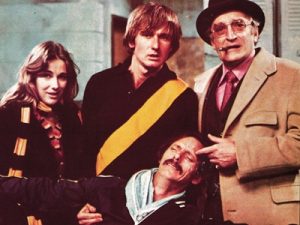
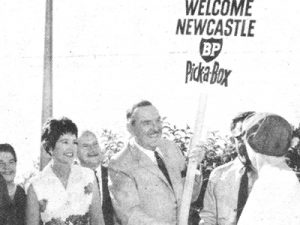
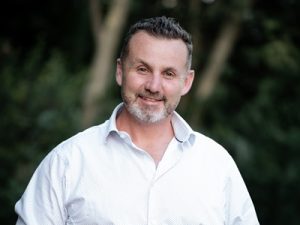
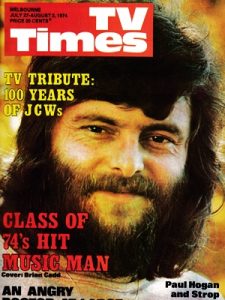
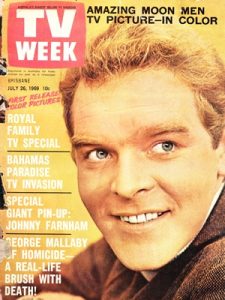
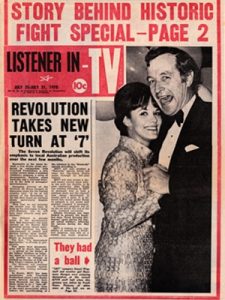
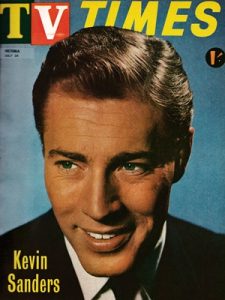
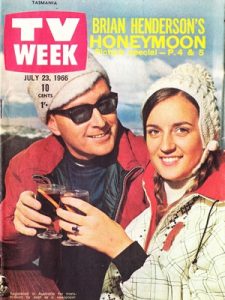
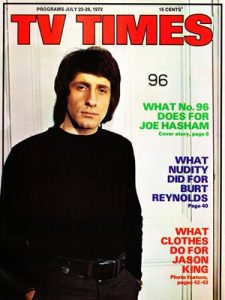
Great article. Interesting to know how things got started over west. Thanks.